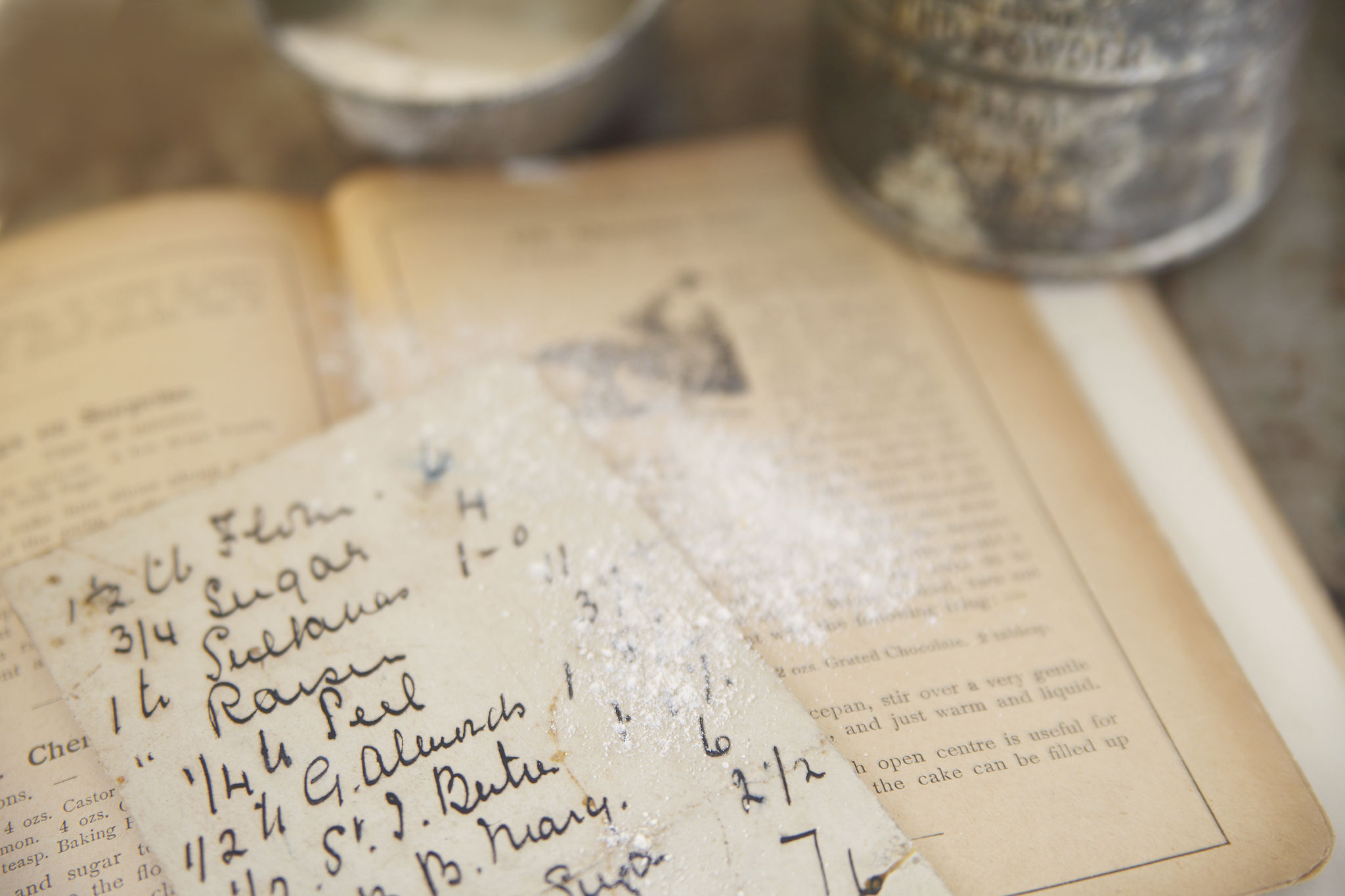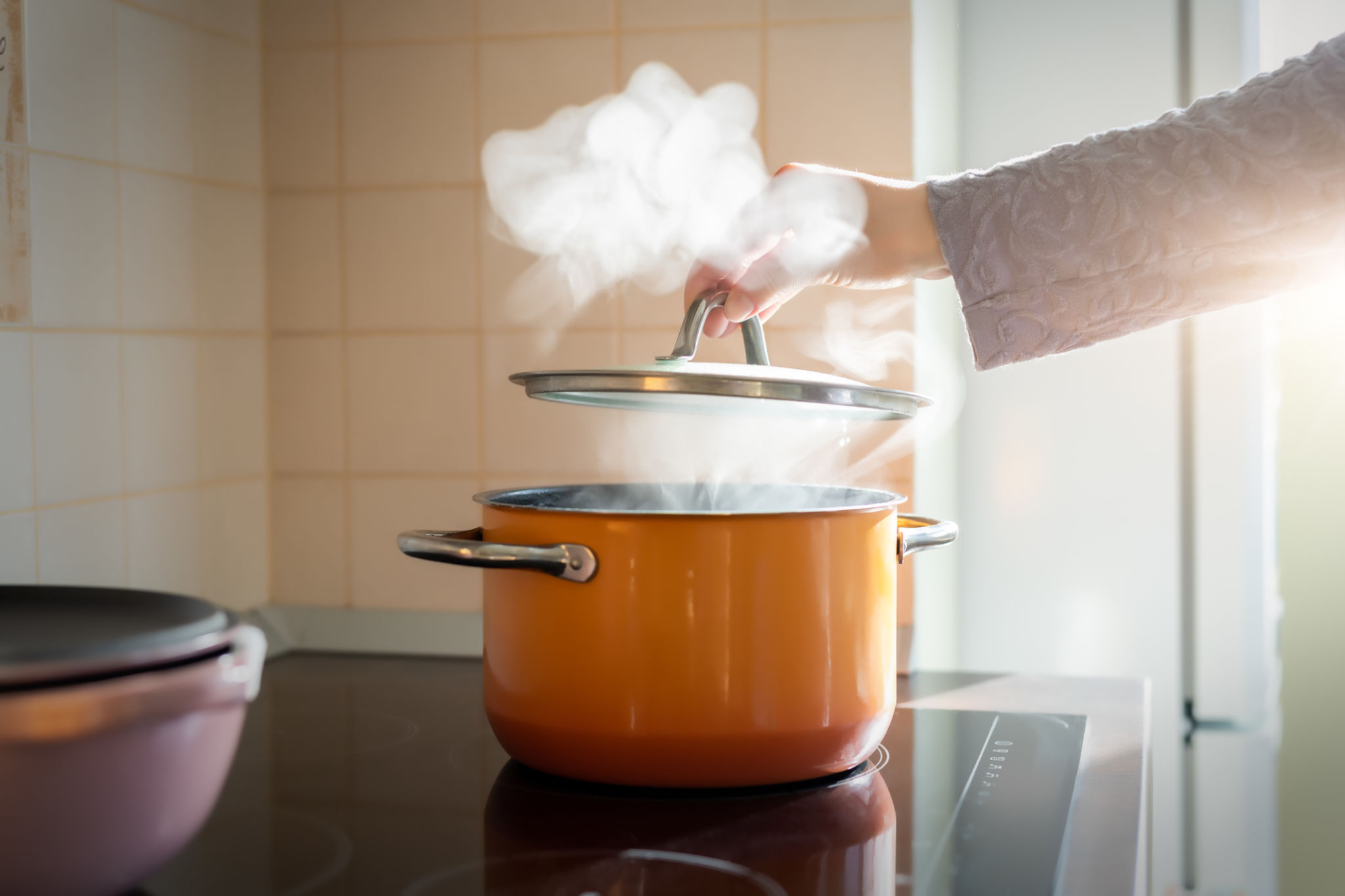Unlocking the Secrets of Vintage Cooking Hacks for Modern Chefs
In the fast-paced world of modern cooking, chefs are constantly seeking innovative techniques and flavors to captivate their audience. However, there’s a treasure trove of wisdom hidden in the past that many contemporary chefs have yet to explore. Vintage cooking hacks, rooted in tradition and resourcefulness, offer invaluable insights for today’s culinary professionals.

Rediscovering Forgotten Techniques
One of the most exciting aspects of exploring vintage cooking is rediscovering forgotten techniques that can add depth and character to modern dishes. From the art of fermentation to preserving seasonal ingredients, these methods not only enhance flavor but also promote sustainability—a key concern for today's chefs.
Fermentation, for instance, was a staple in kitchens long before it became a trendy topic. This method of preservation not only extends the shelf life of produce but also introduces complex flavors and probiotics. Chefs can experiment with homemade pickles, sauerkraut, or even fermented hot sauces to bring a touch of vintage flair to their menus.
Utilizing Humble Ingredients
Vintage cooking often revolves around making the most of humble ingredients. In the past, cooks were adept at transforming simple, readily available items into delicious meals. By revisiting these practices, modern chefs can elevate their dishes while maintaining cost-effectiveness.
Consider incorporating grains like barley or farro into your dishes. These grains were once staples in many households and can add a nutty flavor and chewy texture to soups and salads. Additionally, learning how to utilize every part of an ingredient—such as using vegetable scraps for stocks or bones for broth—can lead to surprising culinary creations.

Mastering Time-Honored Cooking Tools
The tools used in vintage cooking are as essential as the recipes themselves. Cast iron skillets, for example, are revered for their ability to retain heat and impart rich, even browning to meats and vegetables. Investing time in mastering these tools can significantly enhance your culinary repertoire.
Another classic tool is the mortar and pestle. While modern kitchens often rely on electric grinders, using a mortar and pestle allows chefs to extract maximum flavor from spices and herbs by crushing them manually. This technique not only enhances the taste but also connects chefs with the tactile experience of cooking.
Embracing Slow Cooking
In an age where quick meals are the norm, slow cooking stands out as a practice that cultivates patience and depth of flavor. Vintage recipes often relied on slow-cooking techniques to tenderize tough cuts of meat or develop rich sauces over hours.

Chefs can learn from these methods by incorporating braising, simmering, and stewing into their culinary processes. The result is dishes that are not only delicious but also evoke a sense of nostalgia and warmth, reminiscent of home-cooked meals from yesteryears.
Conclusion: A Blend of Old and New
Unlocking the secrets of vintage cooking is not about abandoning modern techniques but rather embracing a blend of old and new. By integrating these time-honored practices into contemporary kitchens, chefs can create unique dishes that honor tradition while appealing to modern tastes.
As you venture into the world of vintage cooking hacks, remember that every recipe tells a story. By honoring these culinary legacies, you enrich your own culinary journey and bring a piece of history to life in each dish you create.